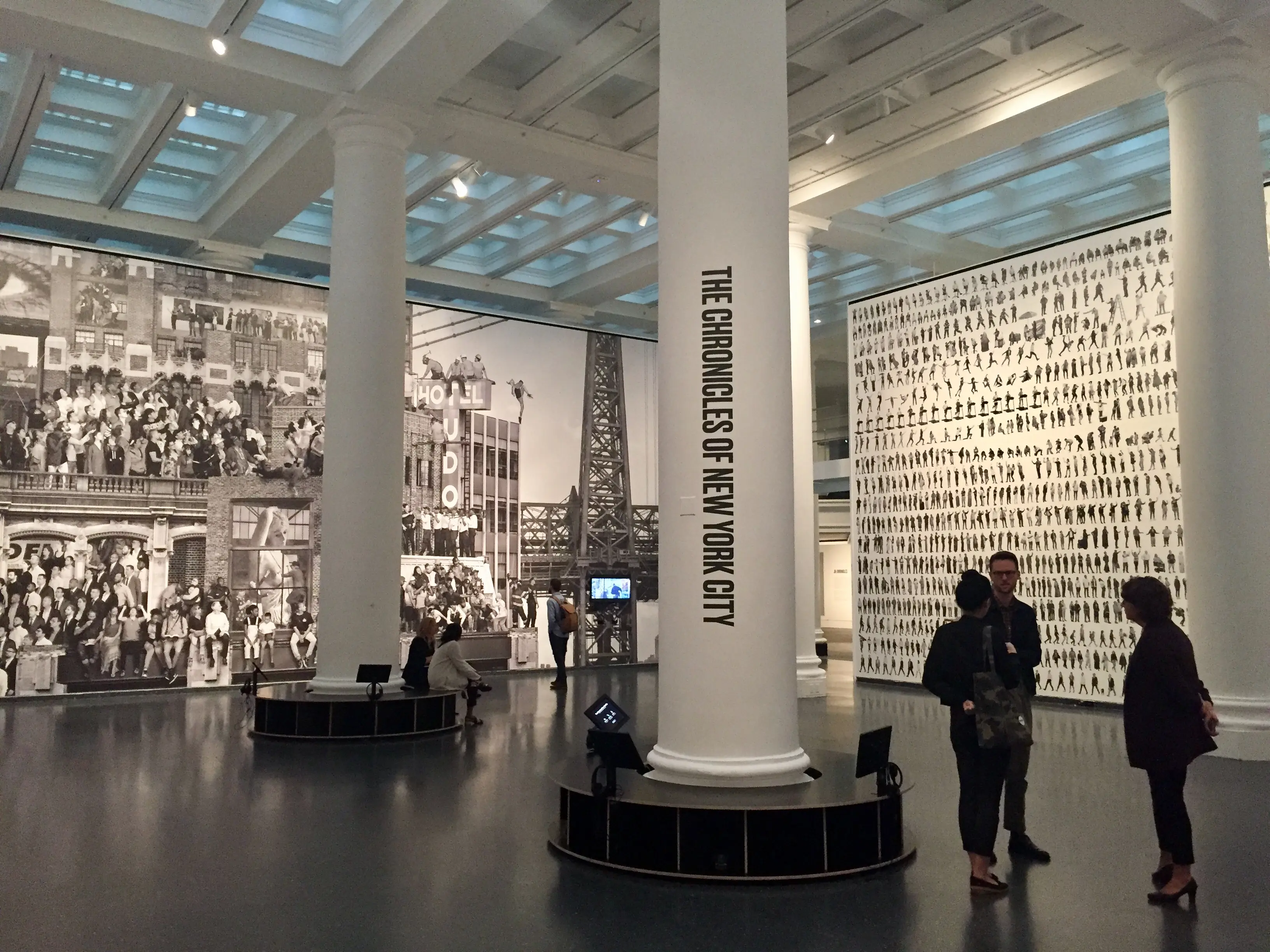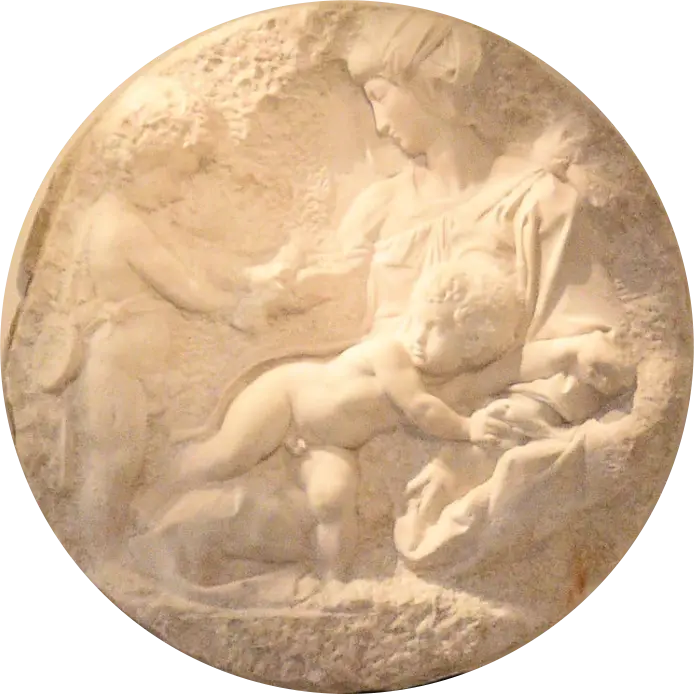
In October 2020, the Brooklyn Museum conducted two deaccessions of works from its 160,000 piece collection.
Written by Randall J. Slavin, Publisher
Before Covid-19, such a line would likely have come only from an art thief or forger. Amid the pandemic, however, art museums have suffered to the point that some are auctioning off cherished works from their permanent collections.
The financial strain of the pandemic and the resulting lockdowns has been overwhelming. In a November 2020 survey by the American Alliance of Museums, 30% of museum directors expressed doubt that their institutions would still be around in twelve months without a significant influx of financial support from currently unknown sources.
Many were resigned that their museums would permanently close in 2021. Over half of the museums surveyed only had enough financial reserves for six months – or less – of continued operations.
According to the 2018 Art by the Numbers survey conducted by the Association of Art Museum Directors, government funding only accounts for 18% of museum revenues. Another 22% comes from earnings on long-term endowments, which are often heavily invested in the financial market and subject to its economic uncertainties. The lion’s share of revenues – 31% – derives from museum operations such as general admissions, memberships, fund-raising events, and venue rentals, which have been nearly non-existent since early 2020.
“Deaccessioning” is the formal term for the sale of works from a museum’s collection, and it has traditionally been something of a dirty word. Before the pandemic, the Association of Art Museum Directors (AAMD), the de rigueur guardian and professional standard-bearer for art museums in North America, forbade its members from deaccessioning works except to expand or refine the museum’s collection, preferably in an exchange with another museum. It was acceptable to sell a Picasso to buy a Degas, but unacceptable to sell a Picasso to pay salaries or refurbish the museum itself.
There are good reasons for tight restrictions on deaccessioning. First, art museums are the public guardians of fine art – they are the only place the general public can physically experience rare works by historically significant artists. Works of art deaccessioned from a museum collection often end up in uberwealthy private collections to be enjoyed only by a privileged few.
Second, deaccessioning is often subject to both public and legal scrutiny. An unpopular, high-profile sale of important artwork can result in public outcry reducing museum attendance and discouraging would-be donors from gifting other significant works to the institution. Some deaccessions have prompted state attorneys general to conduct lengthy investigations of the sale’s legality and appropriateness.
Third, when art is gifted to a museum, the donor generally intends it to stay in the local community. Even when the donor doesn’t make a formal legal restriction, a deaccession of that artwork can bring significant negative publicity, and even legal challenges or attempts to rescind the gift.
Some museum insiders have expressed concerns that widespread deaccessioning could negatively impact a museum’s long-term financial condition by demotivating museum boards and staff to fund operations through other means. Others note that museums are often controlled by a governing board of wealthy and politically influential art collectors and express concern, perhaps undeservedly, about the risk of corruption in deaccessioning.
In April 2020, in response to the pandemic’s foreseeable strain on museums’ financial conditions, the AAMD temporarily eased its restrictions for two years. The relaxed guidelines allow for the deaccessioning of works to provide for the “direct care of the collection” and also suspend penalties for previously unacceptable uses of endowments, trusts, and donations for general operating expenses.
Advocates of further relaxing of deaccessioning guidelines argue that the considered and discriminating sale of a portion of a collection is preferable to a museum’s closure. Especially since most museums have far more works than they can exhibit – the largest museums only exhibit about 5% of their collection at any one time.

In October 2020, the Brooklyn Museum conducted two deaccessions of works from its 160,000 piece collection.
Even before the pandemic, some museums deaccessioned works in defiance of the AAMD rules. In 2018, the Berkshire Museum in Massachusetts sold 22 artworks, including two of its most valuable Norman Rockwell paintings, for a total of $53.2 million. The sale funds were designated to refurbish and repair Berkshire’s century-old physical campus and shore up its endowment. The deal required a favorable ruling from the Massachusetts Supreme Court due to lawsuits against the museum to stop the deaccession.
Under the AAMD’s revised rules and due to the financial pressures brought by the pandemic, deaccessioning is happening more frequently than ever. There is still significant pushback on deaccessioning, but desperate times, unfortunately, call for desperate measures, and the opposition is waning.
In October 2020, the Brooklyn Museum conducted two deaccessions of works from its 160,000 piece collection. The first auction, held at Christie’s, consisted of nine Old Master paintings, including rare works by Lucas Cranach the Elder, Francesco Botticini, and Gustave Courbet. The auction grossed $6.6 million. The second auction, held at Sotheby’s, raised $19.9 million and consisted of seven Modern Master artworks, including paintings by Claude Monet, Edgar Degas, Joan Miró, and Henri Matisse.
In the same auction that included Brooklyn’s Modern Masters, the Palm Springs Art Museum deaccessioned a significant painting by Helen Frankenthaler for $3.9 million. In contrast, the Baltimore Museum, responding to public pressure, canceled its intended sale of two Contemporary Master paintings at that same auction just two hours prior.
Palm Springs Art Museum deaccessioned
a significant painting by Helen Frankenthaler
for $3.9 million.
Perhaps the highest-profile work ever suggested for deaccessioning was Michelangelo’s “Taddei Tondo,” owned by the Royal Academy of Art in London. Officially titled “The Virgin and Child with the Infant St. John,” it is an exceedingly rare, round, high-relief marble sculpture and the only Michelangelo sculpture in a British museum. It was first discussed as a possible deaccession in 1978 as the Royal Academy – which is not subject to the AAMD rules – faced a severe financial shortfall. In September 2020, Royal Academicians again raised the prospect of selling the sculpture to save 150 jobs at the museum. Despite an estimated value of $127 million, the Royal Academy has decreed that it will not deaccession the sculpture, maintaining that the 150 jobs on the chopping block are redundant and unnecessary.
The Royal Academy’s discussion about deaccessioning such a precious work is particularly troubling. Not only because there are only two extant Michelangelo sculpture tondos, but because in Europe, deaccessioning is perceived not just as a dirty word but very nearly as a scandalous crime.

Given the large number of museums facing closure in 2021, it is inevitable that deaccessioning will continue at an even greater pace throughout the year. Even when we have the pandemic sufficiently under control to permit museums to reopen in meaningful ways, many will likely continue to suffer under debt assumed during the closure. Absent some tremendous outpouring of public or private grants, servicing that debt could bring an additional wave of permanent closures preceded by a wave of deaccessioning.
If you’re reading this with an eye towards acquiring something spectacularly rare from a museum deaccession, I want to encourage you to do so – but with a caveat and a personal entreaty.
Your acquisition of a deaccessioned artwork will help fund the selling museum in a difficult time and hopefully assist their continuous operation, ensuring the rest of their collection can be appreciated by the visiting public. While that is in itself commendable, even more commendable would be to find a way to return that artwork to the public trust. Consider a long-term or even permanent loan back to a museum. Think about bequeathing the painting or sculpture in your estate to a museum so that it will continue to be available to the public to appreciate.
Art, particularly museum-quality art, is so much more than pretty and valuable – it is a rare, precious, and irreplaceable part of history. It calls to our better nature as human beings and inspires us as a society to become more than we have been: the more people that experience that art, the more people who will hear that call.
What we accomplish in life is more important than what we accumulate. Returning a rare masterpiece to the public trust for countless future generations to appreciate is an act worthy of veneration, an act that will benefit humanity. -
Randall J. Slavin is the Publisher of Art Confidential Magazine and a 24 year veteran of the art industry. He has served as an artist agent, primary dealer, business curator, and gallery owner during his career. Although his formal education is in business, information systems, and economics, he has been surrounded by art his entire life as the son of an artist.